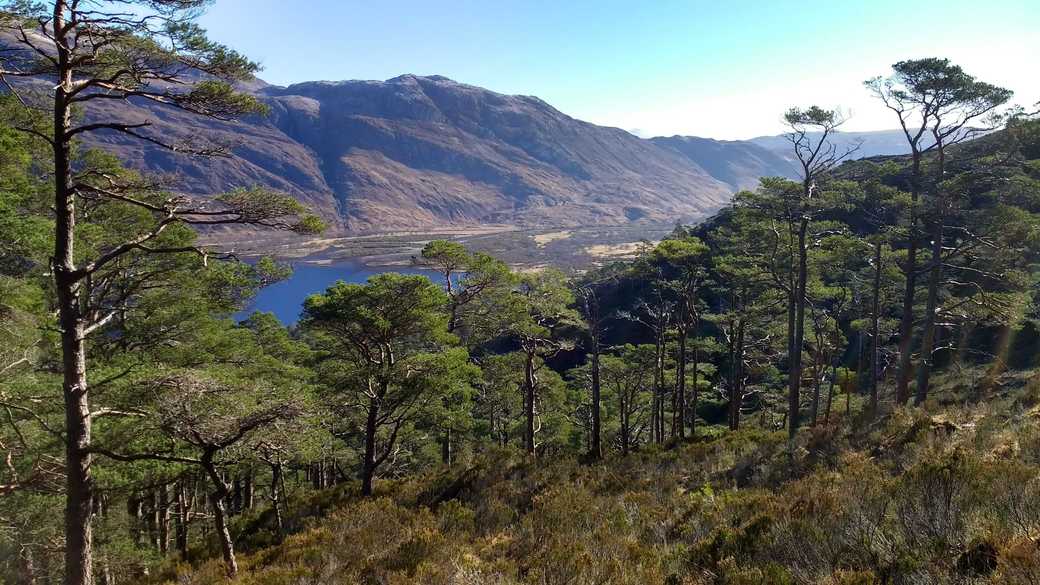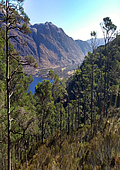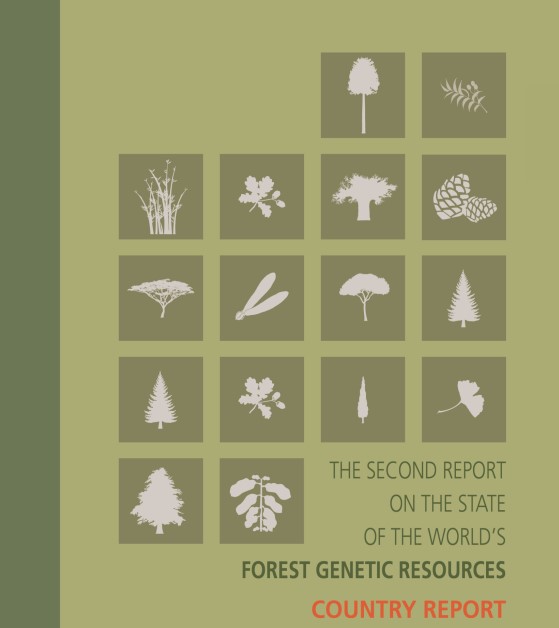
National coordinator
Jonathan Burton
Quick Info
Letter of Agreement for Phase VII signed on 27 Mar 2025
Member since 2000
Letter of Agreement for Phase VII signed on 27 Mar 2025
Member since 2000The European Information System on Forest Genetic Resources (EUFGIS) provides geo-referenced and harmonized data on genetic conservation units of forest trees in Europe.
 | First genetic conservation unit in the UK to protect Scots pineBeinn Eighe in the far northwest of Scotland has become the first genetic conservation unit (GCU) to… |
UK forest administration
The United Kingdom (UK) is composed of the countries of England, Northern Ireland, Scotland and Wales. Forestry is a devolved issue in the United Kingdom, meaning that each country has its own competent authority. England, Scotland and Wales form Great Britain.
| Country | Competent authority | Management of national forest estate | Research agency |
| England | Forestry Commission | Forestry England | Forest Research |
| Scotland | Scottish Forestry | Forestry and Land Scotland | |
| Wales | Forest Resources Policy, Welsh Government | Natural Resources Wales | |
| Northern Ireland | Department for agriculture, food and rural affairs |
UK forests
There are 3.2 million ha of forest in the United Kingdom which represents 13% of the total land area. Around 50% of the woodland area is occupied by broadleaved woodland and 50% is coniferous. Around 73% of the woodland area is on private land. There are large sub-national differences in these proportions.
All UK woodland has been modified by management to some extent. There are no areas of primary woodland left in the UK (FAO 2015): the majority of woodland area (89%) is classed as planted woodland, with ancient semi natural woodland representing 11% of woodland area (which is often defined as having persisted in situ since 1600 in England, 1750 in Scotland and 1830 in Wales). Autochthonous populations of the 66 native tree and shrub species considered native to the UK (FAO 2005) are at the western oceanic margin of their natural distribution.
Modern commercial forestry began in earnest in the UK in the early 20th century and has tended to focus on exotic conifers. Sitka spruce is now the main species planted and occupies >50% of the conifer area.
Conservation of forest genetic resources
The UK forest genetic resources strategy was published in 2019. The strategy aims to create a framework for collaboration to better understand, protect and use the genetic diversity in the UK’s trees. It focuses on native species and introduced species where naturalisation has taken place or where important varieties or landraces have been developed in the UK. Motivated by publication of the Strategy, a number of parallel activities are now underway to secure and make use of genetic diversity and its value has been recognised in several national policy documents.
In-situ
The first gene conservation unit to be identified and registered was for Scots pine on the Beinn Eighe National Nature Reserve established by the site owners, Scottish Natural Heritage, in 2019. The GCU concept has now been broadly embraced by the forestry and conservation community in the UK and, as of April 2020, many sites are under evaluation as possible GCUs and up to 20 will be added to the EUFGIS database by the end of the year.
Ex-situ
The UK national tree seed project, overseen by Royal Botanic Garden Kew, is collecting and storing seed from native trees and shrubs throughout the UK. Multiple collections are being made, with seed kept separate in individual mother tree lots. The collections span the native range of each species in the UK, in order to build genetically representative collections in Kew’s Millennium Seed Bank at Wakehurst. The purpose of the project is to provide a national repository of plant material and associated knowledge, for the purposes of long-term conservation, and to make these resources available to users, in order to better understand and manage the genetic diversity of tree and shrub species in the UK landscape.
Forest Research maintain clone banks of phenotypically superior ‘plus trees’ for commercially important species such as Sitka spruce, Scots pine, larch and some other conifers, as well as for several broadleaved species which are managed jointly with the Future Trees Trust.
Deployment of forest genetic resources
Most of the planting stock for new native woodlands in the United Kingdom is grown by private nurseries. Forestry England and Forestry and Land Scotland have nurseries which produce conifers for restocking plantations on the national forest estate.
Great Britain is divided into four regions of provenance. These are defined areas within which similar ecological and climatic characteristics are found. They provide a framework for specifying sources of Forest Reproductive Materia (FRM). For native species, regions of provenance have been split into 24 smaller native seed zones. Seed zones themselves are divided into two altitude bands, below and above 300 m. There are an additional seven seed zones for native Scots pine in the Scottish Highlands.
Natural regeneration is encouraged where possible where contingent with management objectives. However, natural regeneration is constrained in many places by high herbivore densities.
Tree improvement
Tree improvement is organised under the National Tree Improvement Strategy, which was published in 2017, with a vision to identify research needs and funding opportunities, consolidate governance and intellectual property rights and to bolster communication around forest genetics.
Forest Research has been involved in formal tree improvement activities for ~70 years, focussing mainly on exotic conifers. Breeding cycles were completed for Sitka spruce, Scots pine, hybrid larch and Corsican pine although many other species were investigated. Sitka spruce is the only one of these which has a currently active improvement programme, now overseen by the Conifer Breeding Cooperative: a partnership between the public and private sector. Nearly all Sitka spruce planted in the UK is improved. One quarter is vegetatively propagated from full-sib families; three quarters are the output of tested clonal seed orchards. For Scots pine, ~50-70% of planting is based on seed from tested seed orchards.
Hardwood improvement has been undertaken to a limited extent in Great Britain and Ireland since the early 1990’s via a partnership known as the British and Irish hardwood improvement programme. The UK component of this is now known as the Future Trees Trust. Species with managed base populations are silver birch, sycamore, oak, ash and cherry. Qualified seed orchards are in place, and progeny trials are planned to allow comparative testing of the FRM produced to lead to ‘tested’ status.


Populus nigra Network: Report of the second meeting
Forest Management Network: Summary of the third meeting

Populus nigra Network: Report of the sixth meeting
Noble Hardwoods Network: Report of the third meeting

Populus nigra Network: Report of the fourth meeting

Conifers Network: Report of the fourth meeting